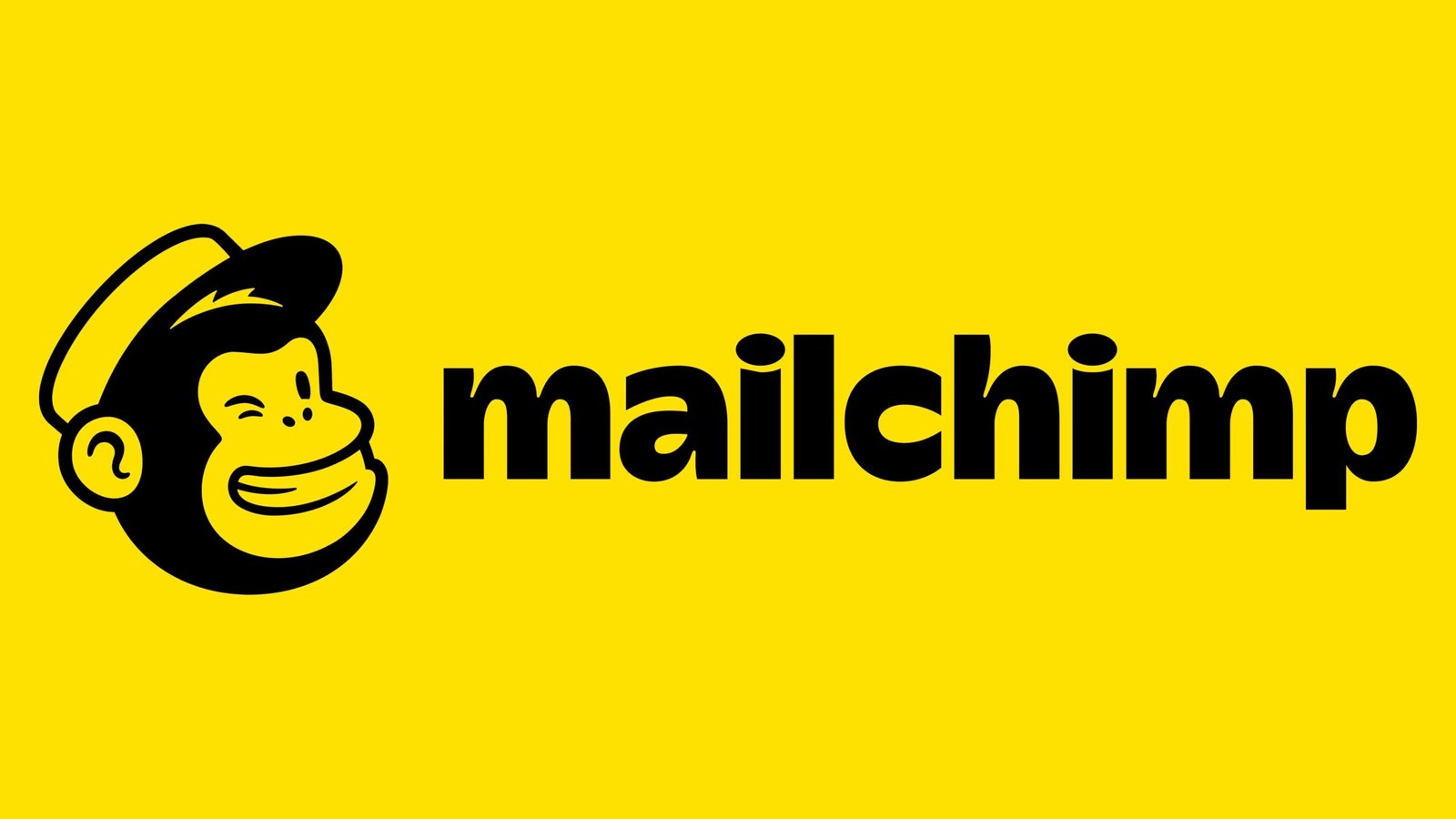Open-source computer vision library.
OpenCV (Open Source Computer Vision Library) is an open-source computer vision and machine learning software library. Initially developed by Intel in 1999, OpenCV has become one of the most popular tools for real-time computer vision applications. It provides a comprehensive suite of functions and algorithms for tasks such as image processing, object detection, facial recognition, motion tracking, and 3D vision. Written primarily in C++ with bindings in Python, Java, and other languages, OpenCV is widely used in academic research, commercial applications, and industrial automation.
Key Features:
- Extensive Image and Video Processing Tools: Includes functions for filtering, edge detection, object detection, feature extraction, morphological operations, and more.
- Machine Learning Integration: Supports classic machine learning algorithms (e.g., SVM, k-NN, decision trees) and integrates with deep learning frameworks like TensorFlow, PyTorch, and Caffe.
- Real-Time Performance: Optimized for real-time computer vision applications with multi-threading and GPU acceleration support through OpenCL.
- Cross-Platform Compatibility: Available on multiple platforms, including Windows, macOS, Linux, iOS, and Android, making it versatile for various development environments.
- Support for 3D Vision and AR: Offers tools for stereo vision, depth mapping, camera calibration, 3D reconstruction, and augmented reality applications.
- Integration with Hardware: Compatible with a wide range of hardware, including webcams, cameras, depth sensors, and embedded systems like Raspberry Pi and NVIDIA Jetson.
- Large Community and Open-Source Nature: Backed by a vast community of developers and researchers, with extensive documentation, tutorials, and third-party modules.
Benefits:
- Comprehensive and Versatile: Covers a wide range of computer vision tasks, from basic image processing to advanced machine learning and 3D vision.
- Open-Source and Free: Available for free under a BSD license, allowing for both academic and commercial use without restrictions.
- High Performance for Real-Time Applications: Optimized for speed and efficiency, making it suitable for real-time applications like robotics, augmented reality, and surveillance.
- Extensive Language Bindings: Supports multiple programming languages, enabling flexibility for developers across different platforms and use cases.
- Strong Ecosystem and Community Support: Benefits from a large community of contributors, extensive documentation, and numerous tutorials, making it accessible to both beginners and experts.
Strong Suit: OpenCV’s strongest suit is its extensive set of tools and algorithms for real-time computer vision, combined with its open-source nature and cross-platform compatibility, making it an ideal choice for developers in diverse fields.
Pricing:
- Free (Open Source): OpenCV is open-source and available for free under a BSD license, including all features and modules.
Considerations:
- Steep Learning Curve for Beginners: While powerful, OpenCV may have a steep learning curve for those unfamiliar with computer vision concepts or C++ programming.
- Limited Support for Some Advanced Deep Learning Tasks: While OpenCV integrates with deep learning frameworks, it is not as specialized or optimized for deep learning as dedicated libraries like TensorFlow or PyTorch.
- Performance May Vary by Platform: The performance of certain OpenCV functions may vary depending on the platform and hardware used, particularly on embedded systems.
- Manual Optimization Required: For some complex applications, developers may need to manually optimize code and manage memory to achieve the best performance.
Data version control for machine learning.
Data analytics platform with ML capabilities.
Collection of machine learning algorithms.
Summary: OpenCV is a powerful, open-source library for computer vision and image processing, widely used across academia, industry, and research. Its extensive set of tools, real-time performance, and support for multiple platforms make it an excellent choice for developers looking to implement a wide range of computer vision tasks. While it may have a steep learning curve for beginners and requires manual optimization for some use cases, its flexibility, performance, and community support make it one of the most popular libraries in the field of computer vision.
 Skip to content
Skip to content 













